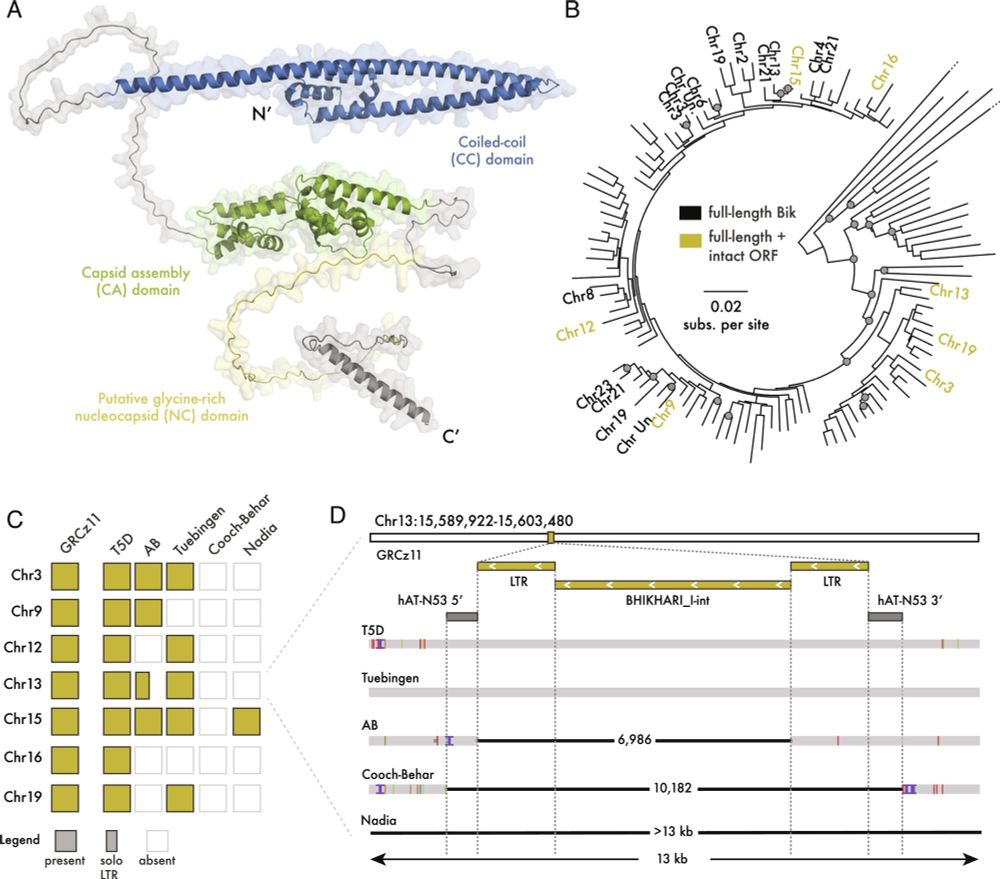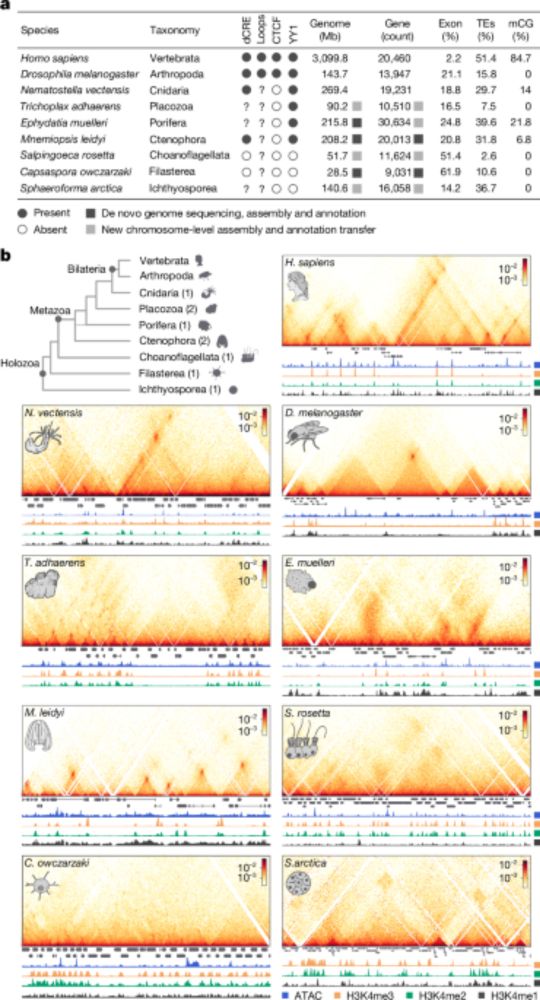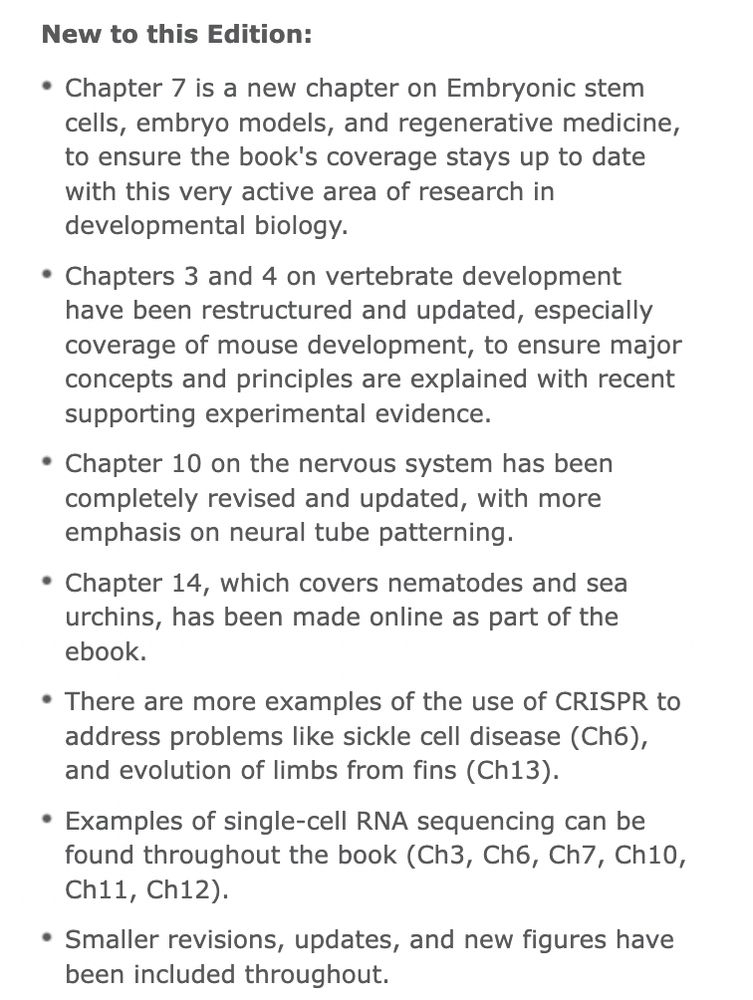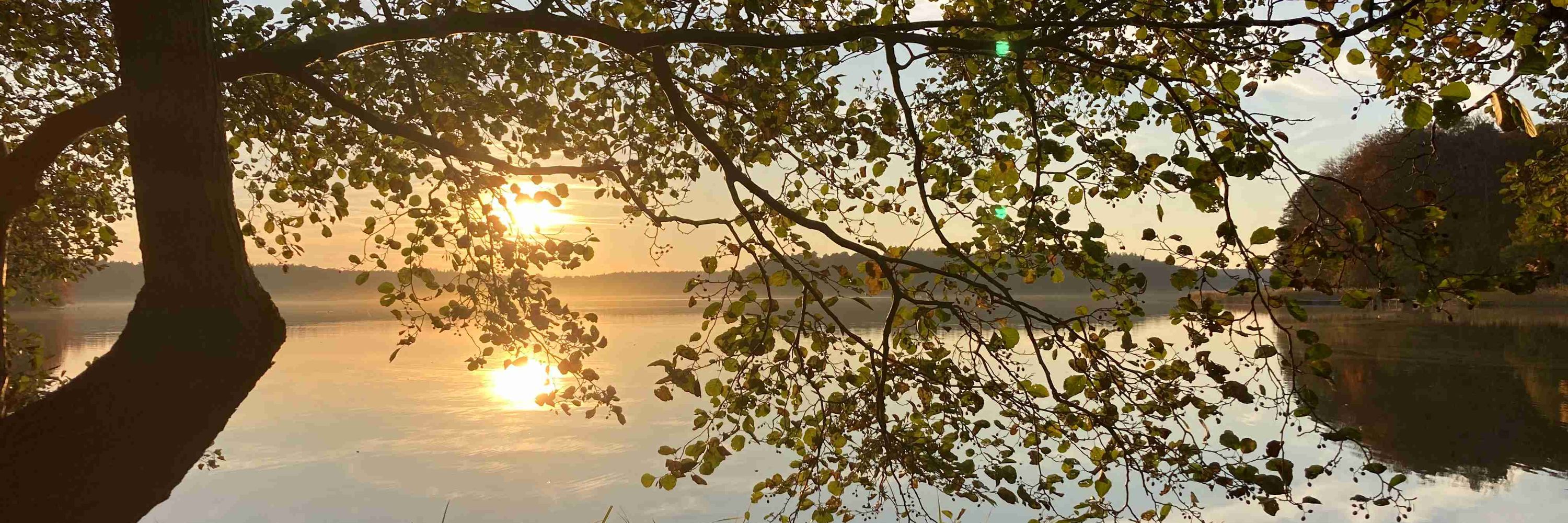
It represents digits desintegrating into viral like particles. Thank you so much @annaamonaco.bsky.social for making this design!
Featuring:
✅retrotransposons in limb malformation and cancer
✅single-cell Micro-C
✅long-term effects of chemotherapy on normal blood cells
✅blood regulatory variation map in South Africans
And more!
⬇️
www.nature.com/ng/volumes/5...
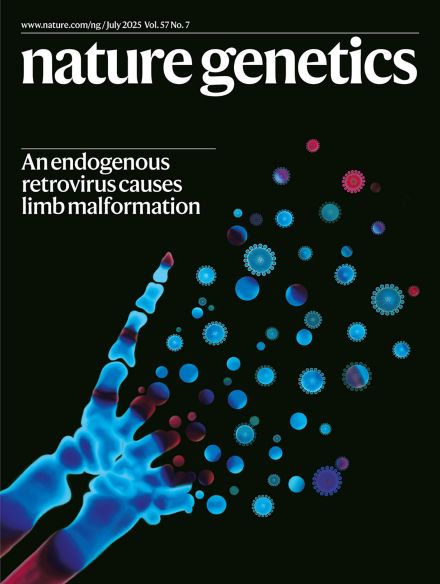
It represents digits desintegrating into viral like particles. Thank you so much @annaamonaco.bsky.social for making this design!
If you’re curious about how to build a bat wing by re-using existing gene programs, check out the link or the tutorial below. Big congratulations to all co-authors!! Thanks to reviewers!
www.nature.com/articles/s41...
www.nature.com/articles/s41...

www.nature.com/articles/s41...
www.nature.com/articles/s41...

www.nature.com/articles/s41...
www.nature.com/articles/s41...

www.nature.com/articles/s41...



www.nature.com/ng/volumes/5...
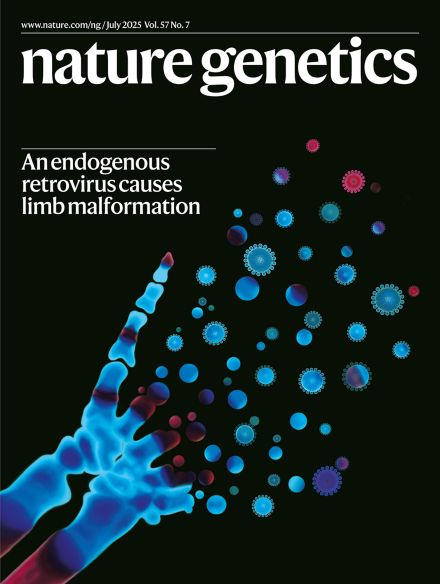
www.nature.com/ng/volumes/5...

Find out more about work in the Hnisz lab: www.molgen.mpg.de/3857230/tran...
@irbbarcelona.org @xsalvatella1.bsky.social

Find out more about work in the Hnisz lab: www.molgen.mpg.de/3857230/tran...
@irbbarcelona.org @xsalvatella1.bsky.social
www.cell.com/cell-reports...

www.cell.com/cell-reports...
Ever wondered how cells prepare their genomes to enable new cell-fates? In this team up with the Kind lab, we show that genes are repositioned in the nucleus to get ready for future activation and tissue formation. Read 🧵👇 to find out how and when this happens!
doi.org/10.1101/2025...
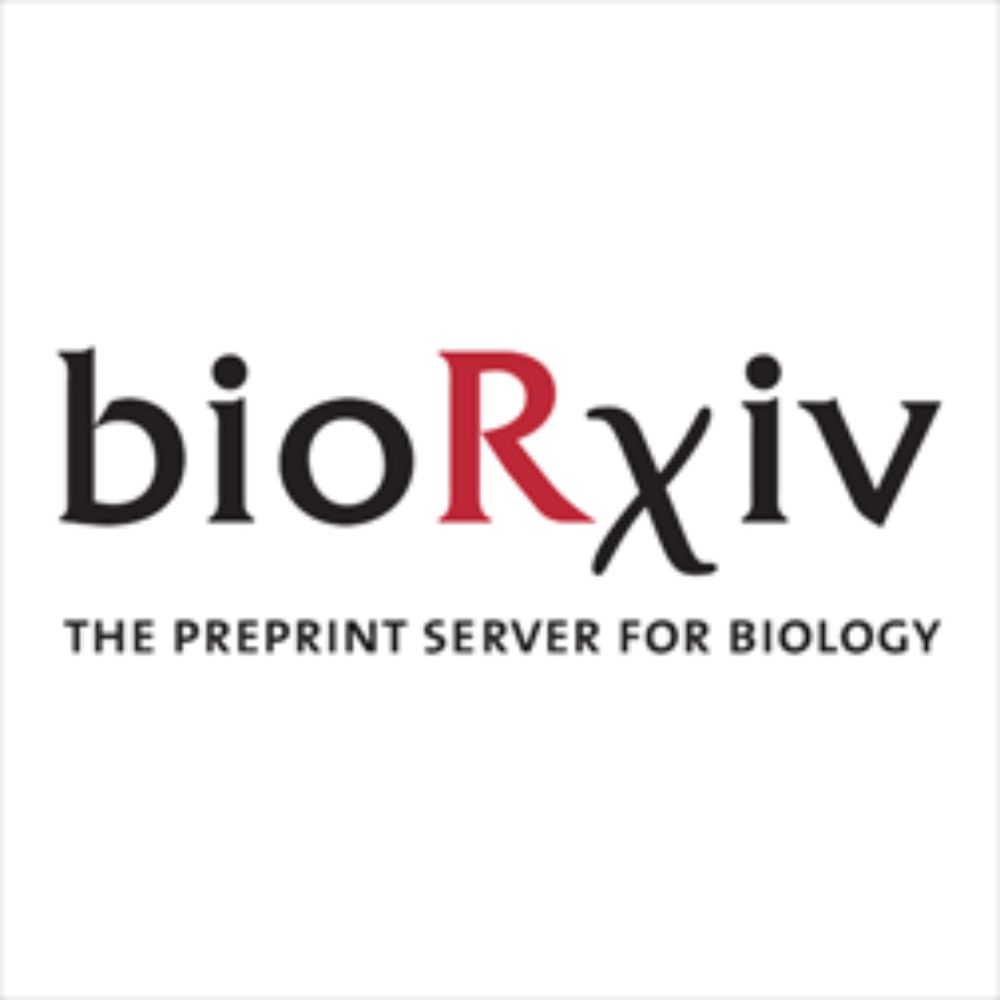
Ever wondered how cells prepare their genomes to enable new cell-fates? In this team up with the Kind lab, we show that genes are repositioned in the nucleus to get ready for future activation and tissue formation. Read 🧵👇 to find out how and when this happens!
doi.org/10.1101/2025...



Gag proteins of endogenous retroviruses are required for zebrafish development
www.pnas.org/doi/10.1073/...
Led heroically by Sylvia Chang & @jonowells.bsky.social
A study which has changed the way I think of #transposons! No less! 🧵 1/n
